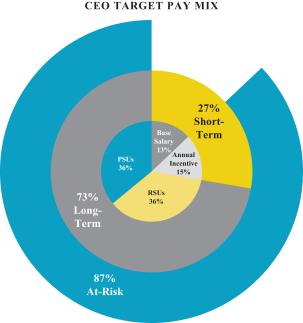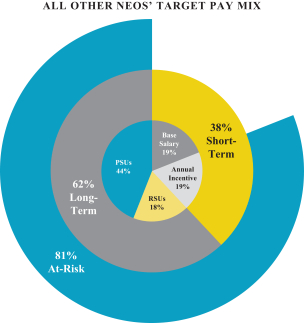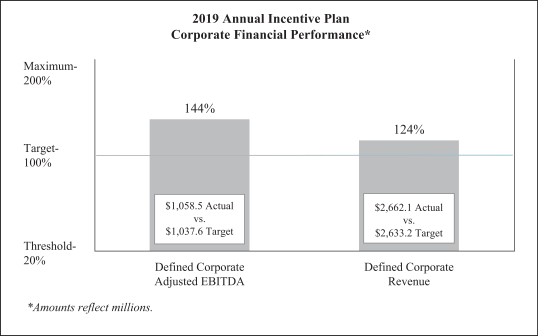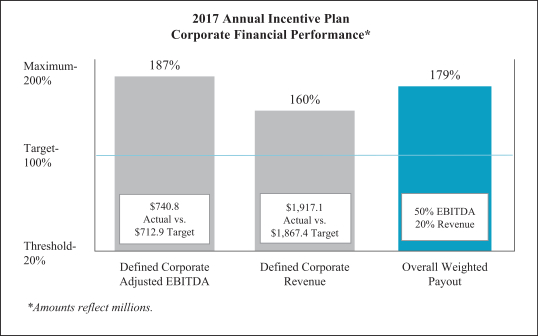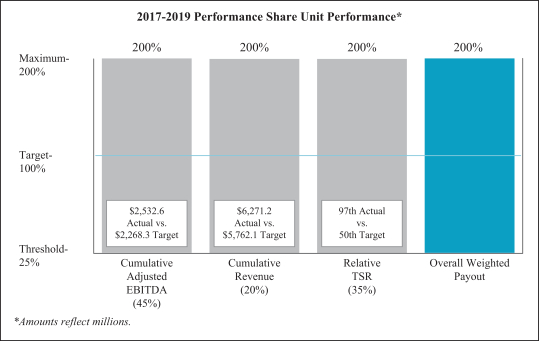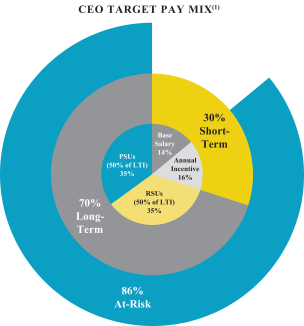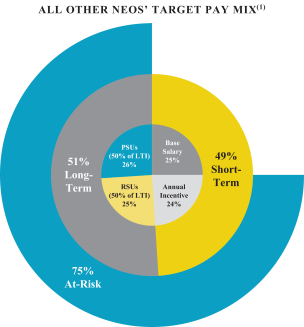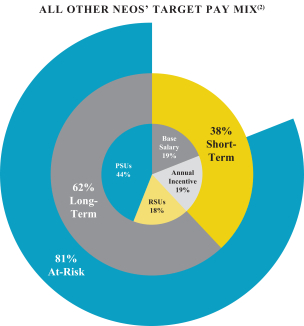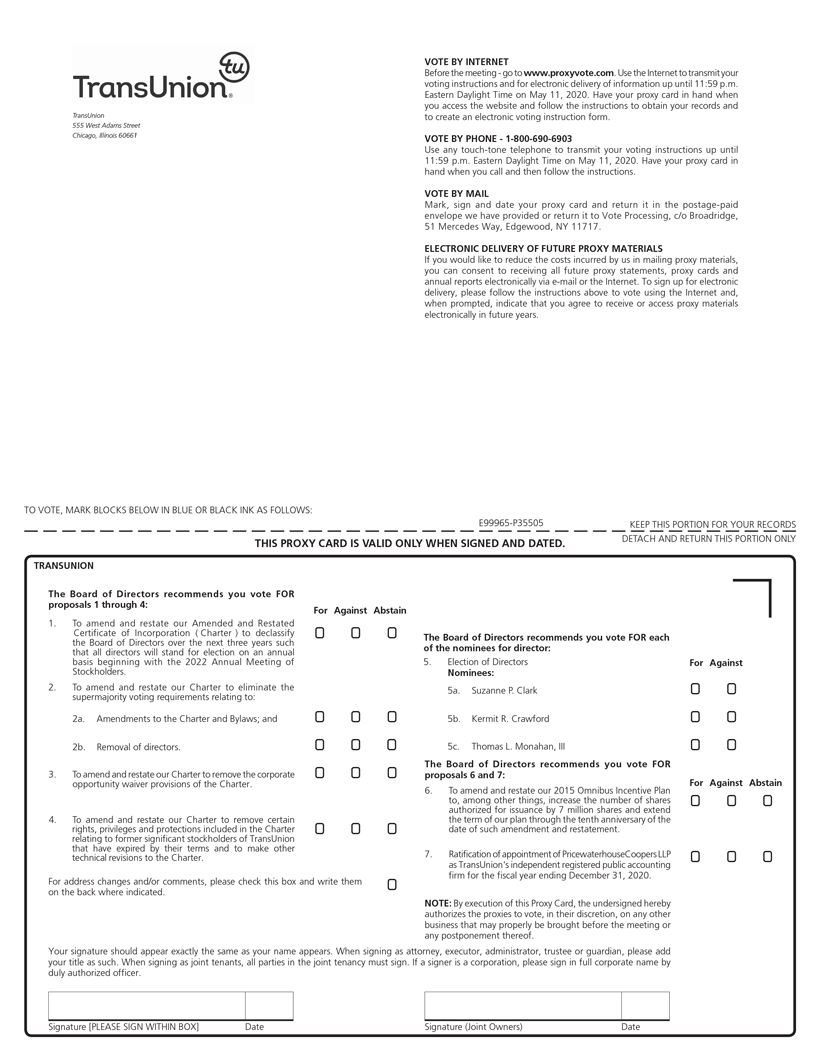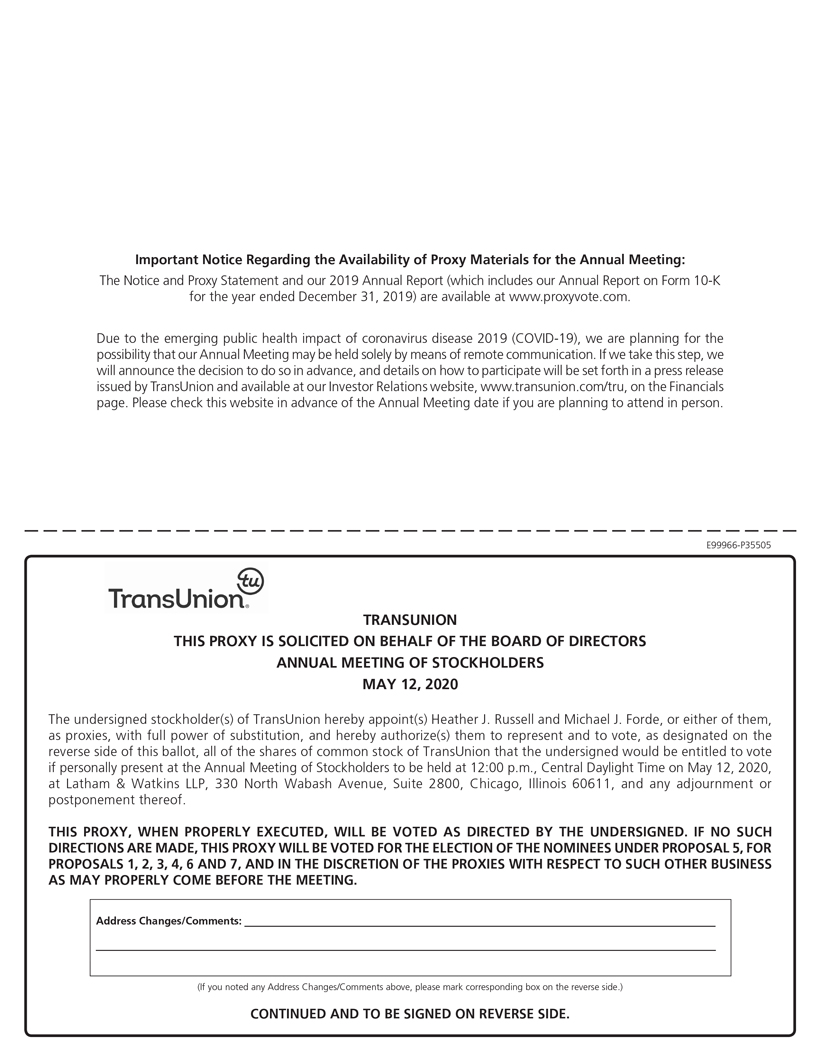| | |
Siddharth N. (Bobby) Mehta, 5961 | | Director since April 2012 |
| | Former President and CEO, TransUnion |
Qualification Highlights
Significant familiarity with our businessSenior Leadership / CEO
Cybersecurity and industryTechnology
Executive experienceIndustry
Finance and accounting experienceRisk Management
Siddharth N. (Bobby) Mehta is the former President and Chief Executive OfficerCEO of TransUnion. He joined the Company in August 2007 and served as the President and Chief Executive OfficerCEO until December 31, 2012. From May 2007 through July 2007, he was a consultant to our Board of Directors. From 1998 through February 2007, he held a variety of positions with HSBC Finance Corporation and HSBC North America Holdings, Inc., including Chairman and Chief Executive Officer of HSBC Finance Corporation. He has served on the board of directors of Jones Lang LaSalle Incorporated since July 2019, the board of directors of Northern Trust Corporation since January 2019 and the board of directors of The Allstate Corporation since 2014 and the board of Piramal Enterprises Limited since 2013.2014. Mr. Mehta also serves on the boards of DataCard Group, The Chicago Public Education Fund, The Field Museum, the Myelin Repair Foundation The Lab School and Avant,Amount LLC.
Mr. Mehta holds a B.S. from London School of Economics and an M.B.A. from the University of Chicago.
| | |
Thomas L. Monahan, III, 51Andrew Prozes, 74 | | Director since June 2017January 2014 |
| | Former CEO, CEB, Inc.LexisNexis |
Qualification Highlights
Executive experienceSenior Leadership / CEO
Technology expertiseCorporate Governance
Extensive background in public company governance
Thomas L. Monahan, III served as Chairman and Chief Executive Officer of CEB, Inc. (formerly NYSE: CEB) until April 2017. CEB is a research and analytics firm which provides data and insights to help people work more effectively. In his 21 years at CEB, Mr. Monahan led significant global growth and digitization of product delivery. Mr. Monahan has served as a Managing Partner at Norton Street Capital since April 2017. Previously, he worked at Deloitte and Andersen Consulting. He is former member of the CEB board and has served as a member of the board of Convergys Corporation (NYSE:CVG) since 2008. Mr. Monahan is also currently a board member of the Peace Tech Lab and the Maret School.Industry
Mr. Monahan holds a B.A. from Harvard University and an M.B.A. from New York University.
| | |
Leo F. Mullin, 75 | | Chairman of the Board since February 2015; Director since June 2012 |
| | Retired CEO of Delta Airlines |
Qualification Highlights
Extensive experience in large, multinational corporations
Finance and accounting experience
Extensive background in public company governance
Leo F. Mullin served as a Senior Advisor, on a part-time basis, to Goldman Sachs Capital Partners (“GSCP”), including board service on companies in which GSCP has invested, from 2004 through September 2015. Mr. Mullin retired from Delta Airlines in April 2004, after having served as Chief Executive Officer of Delta since August 1997 and Chairman since January 2004. Mr. Mullin was Vice Chairman of Unicom Corporation and its principal subsidiary, Commonwealth Edison Company, from 1995 to 1997. He was an executive of First Chicago Corporation, the nation’s tenth largest bank, from 1981 to 1995, serving as that company’s President and Chief Operating Officer from 1993 to 1995, and as Chairman and Chief Executive Officer of American National Bank, a subsidiary of First Chicago Corporation, from 1991 to 1993. He has also served as a senior vice president at Conrail for five years, and as a consultant with McKinsey and Company for nine years, the last three years as a partner. Mr. Mullin previously served as director of Johnson & Johnson from 1999 to April 2015 and Educational Management Corporation from 2006 to 2015, and has served as a director of Chubb Limited since 2007.Organizational Transformation
Mr. Mullin holds an A.B. from Harvard College, an M.S. from Harvard Graduate School of Arts & Sciences and an M.B.A. from Harvard Business School.
| | |
James M. Peck, 54 | | Director since December 2012 |
| | President and Chief Executive Officer, TransUnion |
Qualification Highlights
Extensive business and industry experience
Significant management experience
Technology expertise
James M. Peck joined the Company in December 2012 as President and Chief Executive Officer. Mr. Peck has more than 20 years of information management, global product development and engineering experience. He has led TransUnion through a transformation into a higher-growth, higher-margin business by setting and executing a strong strategy focused on enhancing the Company’s data, technology and analytics capabilities and achieving growth in key industry verticals and international markets. Prior to TransUnion, Mr. Peck was with Reed Elsevier, a FTSE 100 company, where he served as CEO of the LexisNexis Risk Solutions business from 2004-2012. Prior to 2004, Mr. Peck was the Senior Vice President and Chief Product Officer for the LexisNexis group. Previously, Mr. Peck was the Senior Vice President of Product Development with Celera Genomics, abio-technology firm that sequenced the human genome. Prior to that, he spent a decade at LexisNexis in engineering and executive roles to manage and build information solutions. He also serves on the board of the Museum of Science and Industry, Chicago.
Mr. Peck holds a bachelor’s degree from the University of Dayton and an M.B.A. from The Ohio State University.
| | |
Andrew Prozes, 72 | | Director since January 2014 |
| | Executive Chairman, Scribestar |
Qualification Highlights
Executive level experience in leading consumer financial services companies
Extensive business and industry experience
Extensive background in public company governance
Andrew Prozeshas served as Executive Chairman of Scribestar Limited since 2012. He has served as a director of Cott Corporation sincefrom 2005 until May 2018 and currently chairschaired its Human Resources and Compensation Committee. He currently serves on the board of directors of Corporate Risk Holdings, EthocaScribestar Limited, Fiizy, Payfone, Neoway, nanopay and Synaptive Limited, and a number of other privatefor-profit andnot-for-profit boards. Mr. Prozes served as the Chief Executive Officer of LexisNexis and on the board of directors of Reed Elsevier PLC from 2000 until December 2010. Prior to joining Reed Elsevier, Mr. Prozes served as Executive Vice President and Chief Operating Officer of West Group, part of the Thomson Reuters Corporation, from 1997 to 2000. From 1988 to 1996, he served as President of Southam’s City Newspapers and was responsible for thirteen daily newspapers and Southam’s business information. Mr. Prozes is a past Chairman of The U.S. Information Industry Association and has served on the boards of the Information Technology Association of Canada and the Canadian Newspaper Association. He is also a board member of the National Executive Services Corporation and a board trustee of Freedom House in Washington, D.C.
Mr. Prozes holds a B.A. from the University of Waterloo and an M.B.A. from York University.




 Vote by Internet athttp://www.proxyvote.com
Vote by Internet athttp://www.proxyvote.com Vote by telephone at1-800-690-6903
Vote by telephone at1-800-690-6903 Vote by completing and returning your proxy card or voter instruction card
Vote by completing and returning your proxy card or voter instruction card Vote in person during the Annual Meeting
Vote in person during the Annual Meeting